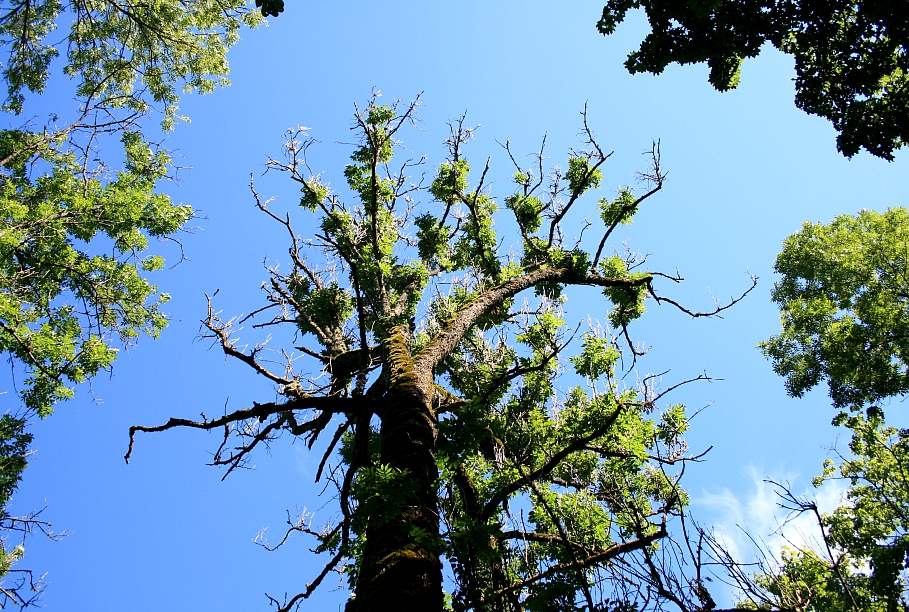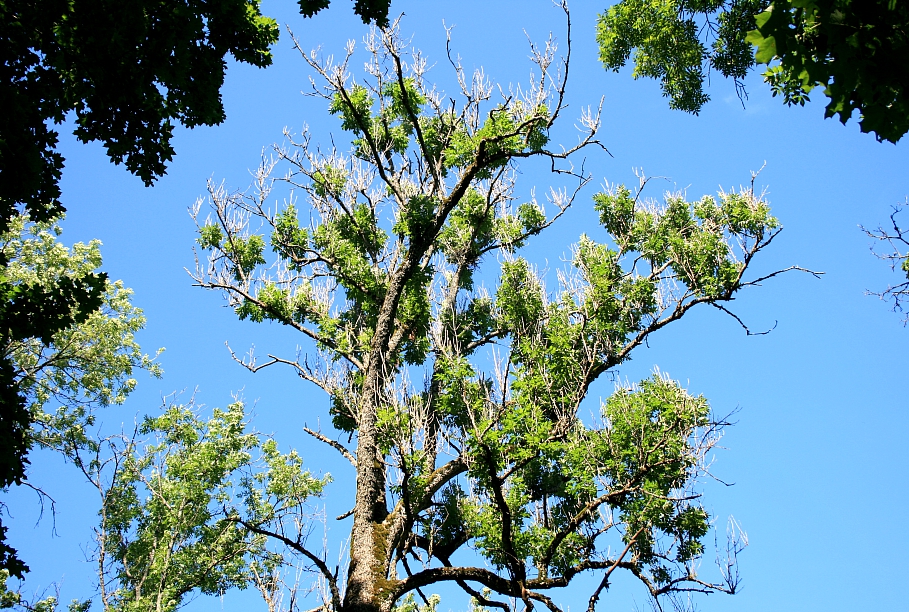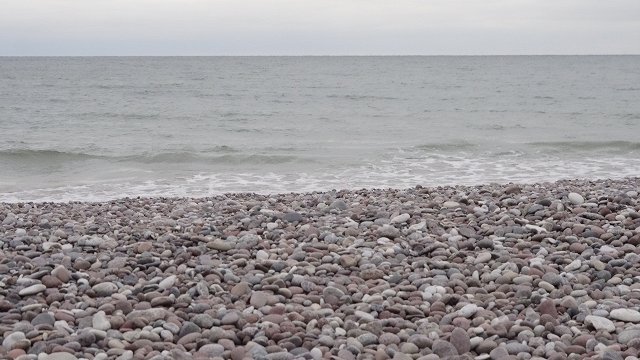In the last few years, seemingly healthy and green ash trees started falling down at the Gauja National Park, and Svilāns observed that most of the ash trees in Sigulda, Turaida and Krimulda are infected with the disease, Inese Pabērza from the Nature Protection Department (DAP) told LSM.
The fungus is spread by wind-borne spores and insects. The first sign of the infection is the loss of the newest leaves and withering of shoots. As the disease progresses, the foliage becomes smaller and leaves cannot support the trunk and the root system. The younger trees die within a few years, while older trees can live for up to four or five years after being infected.
Elms are similarly affected by the Dutch elm disease, making the trees a rare sight in Latvia. There are no means to stop the disease, only to delay it. That's why great oak trees will disappear in Latvia in the next few decades, until fungus-resistant ash trees spring up.
As the tree becomes brittle due to the disease while still looking green, it poses a threat to people and infrastructure, especially in public territories, so preventive measures should be taken.

In the long term, though, Svilāns said, the dieback of ash trees is a welcome thing as it'll add to the biological diversity, though some insects and birds that have adapted to live by ash trees will have to learn to live under new circumstances.
Mārtiņš Zīverts, deputy director of the Vidzeme regional administration of the DAP, said that infected ash trees are being cut down in the Gauja National Park to reduce the threat they pose.
Mostly, it's trees by tourist footpaths and near the most famous natural objects that are being cut down, so visitors and inhabitants of the park are asked not to frown upon such activities.






























